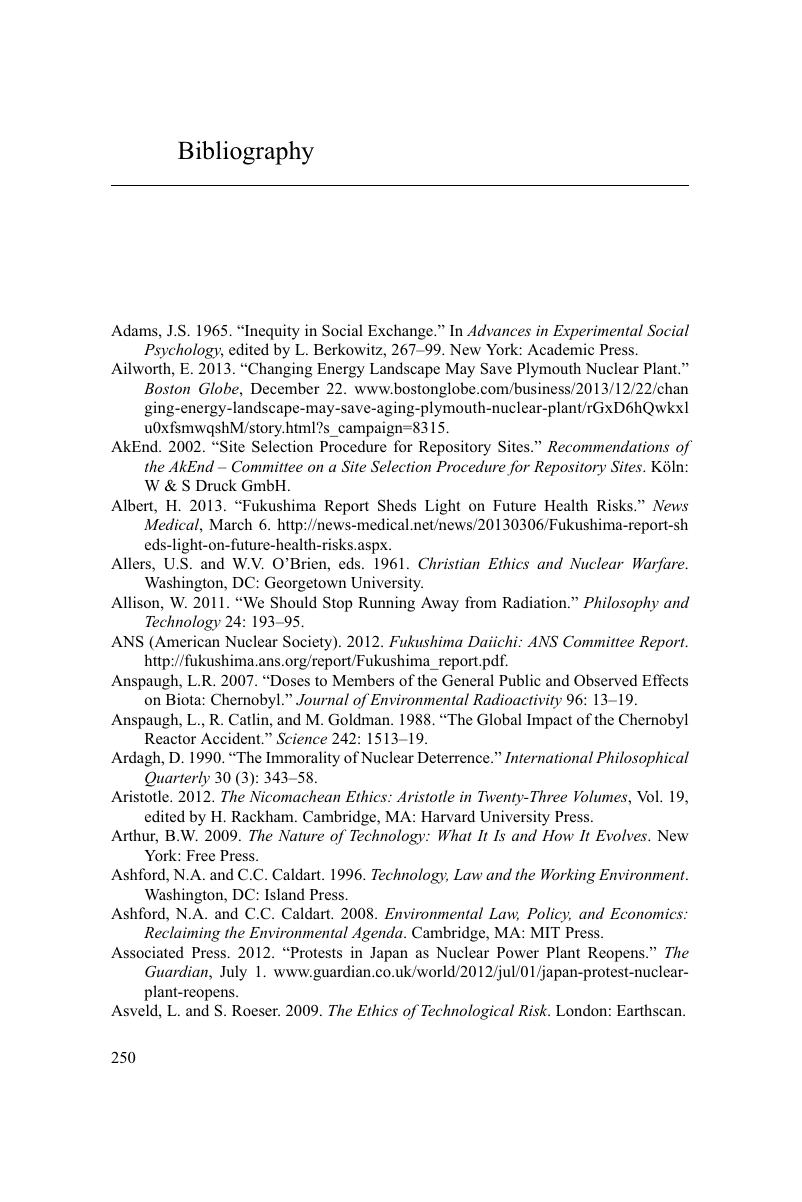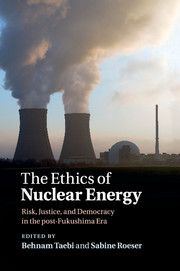Bibliography
Published online by Cambridge University Press: 05 September 2015
Summary

- Type
- Chapter
- Information
- The Ethics of Nuclear EnergyRisk, Justice, and Democracy in the post-Fukushima Era, pp. 250 - 283Publisher: Cambridge University PressPrint publication year: 2015

